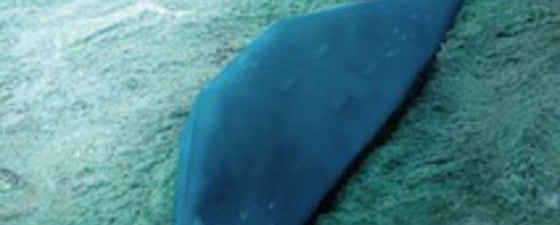Already recognised by an Innovation Award from the Institution of Engineering and Technology, the FosarDeep™ programme is designed to take the benefits of Stingray’s PRM systems into ultra-deepwater. Such benefits include proven system reliability to minimise the need for any costly retrieval or maintenance, sensitivity to the subtlest of changes in the reservoir, and the ability to acquire multi-component seismic and micro-seismic measurements frequently at a fraction of the cost of conventional 4D surveys to enable efficient reservoir management decision-making.
By considering the equipment and its delivery mechanism as an integrated requirement, FosarDeep meets many of the challenges that had previously proved an obstacle to PRM deployment beyond shallow waters. These include the pressures on subsea equipment that are sometimes as high as two tonnes per square inch (300 bar) and the ability to manage PRM systems and collect the data in real time at such depths. There are also challenging installation issues: currents of various strengths and directions in the water column; laying cables under risers, umbilicals and anchor chains; installing cables in seabed areas obstructed with subsea production equipment and flow lines; and in accurately positioning sensors on the seabed.
The FosarDeep programme will enable the installation of optical sensing arrays in water depths of up to 3,000 metres and with the ability to transmit the resulting signals over significant distances. FosarDeep will combine the lightweight sensing arrays, with the sensors and housing made more robust to withstand the high pressures, with an integrated installation system capable of installing arrays in these water depths. Partners in the project include fibre-optic cable and sensor manufacturers, Atlas Elektronik UK; VerdErg Connectors, who are underwater engineering specialists with particular expertise in ROVs and connectors; and the Optoelectronics Research Centre at the University of Southampton. The project was also partially funded by the Technology Strategy Board in the UK.
The rise in remote and unmanned platforms and the growth in subsea tieback technology have also spurred on Stingray’s determination to deliver signals from the installed array to a host facility over long distances. Working with the University of Southampton, Stingray has achieved this up to a distance of 500 km – a significant development for operators as they look to optimise topside equipment use in deepwater fields.
In addition, the efficient optical architecture of Stingray’s systems minimises the number of connectors required, improving reliability and reducing cost.
Finally, the efficient power use and low space requirements of the topsides recording system (potentially up to seven times smaller than alternative solutions) is also particularly attractive to deepwater operators, where platform space and power is at a premium.
With comprehensive equipment testing under way, FosarDeep is due for completion by the end of 2012. When in operation, the solution will have significant implications for deepwater reservoir monitoring, opening up oil and gas reservoirs previously considered inaccessible and providing deepwater operators with crucial information on production-induced changes in reservoir behaviour while significantly reducing engineering and reservoir risk in deep and ultradeep water.





